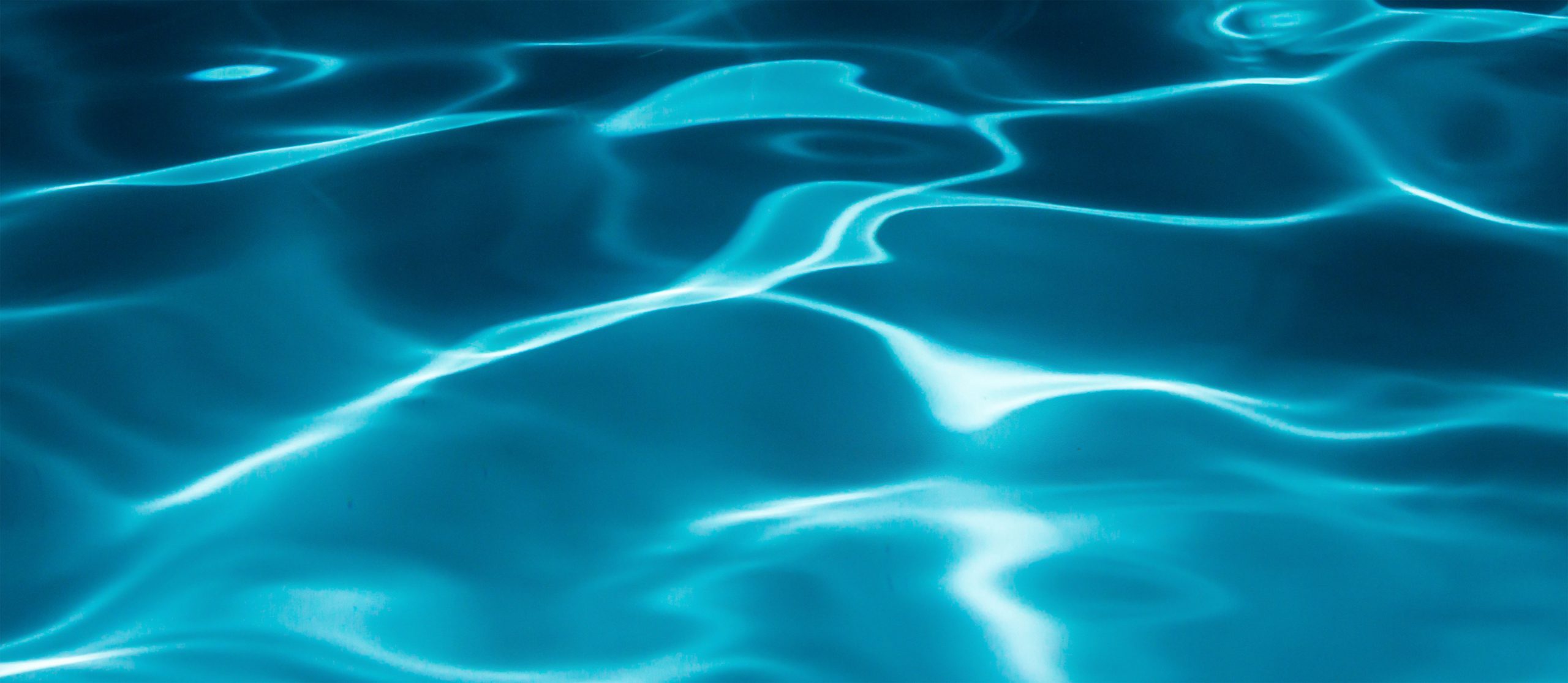Post Hurricane Irma Pool Clean-Up Tips
- September 13, 2017
- Uncategorized,
Many pools in Florida have been affected by Hurricane Irma. The effects may range from excess leaves to black and debris-ridden swamps. Your clean-up plans should be started promptly to ensure both your safety and insect control.
If you have power, do not run your equipment until it is safe to do so. The excess debris could clog your system and cause a mechanical failure. Follow the tips below to begin:
- Remove debris with a quality pool pole and large leaf net immediately. The leaves, mulch, and twigs will deplete your chlorine content and start to bio-degrade.
- Add liquid chlorine promptly to bleach the water and prevent algae.
- We recommend using a water driven leaf vacuum, which is available at our store. This tool will attach to a pool pole and garden hose that allows you to quickly capture leaves and additional debris. Please note, the water vacuum does not pick up sand, coins, roof nails, large palm fronds or fence materials. Larger debris will call for a more manual approach. Be cautious of dragging solid debris on the pool bottom as it could scratch your pool finish.
The steps above are just the beginning. Now, it is important to fully inspect and clean your pool to finish the job.
- Visually inspect your equipment, your skimmer inlet and pool vacuum line where applicable. Make sure all baskets are in place and the valves are properly adjusted to turn off any unprotected suction lines.
- Turn on the pool pump and make sure the system primes. Inspect for equipment leaks and make sure the filter pressure gauge registers a reasonable PSI (pounds of pressure per square inch). Low pressure could indicate a clog in the pump or a line. High pressure means it is time to clean the filter.
- Allow the pool to run un-interrupted until water clarity is restored. At this point, a manual vacuum cleaning or re-installation of your pool automatic cleaner will complete your clean-up process.
If electricity has been restored to your area and you have followed the clean-up process above, then you should have a blue and safe pool. Your water quality may be cloudy with-out filtration but you will have saved yourself hundreds of dollars a week down the road.
Pools that have sustained unmanageable amounts of debris or hazardous materials may need to be drained for a swift clean up.
Excessive roof tiles, fencing materials, planters, metal siding and everything else that became windborne in the storm may be too heavy to remove or not visible with dark water.
For draining and cleaning, you will need either an electric submersible pump or a gas powered trash pump. Do not attempt to use your pool circulation equipment and waste water line to drain the pool. Be sure to direct the waste water as far from the pool structure as possible to prevent damage. Minimize the amount of time the pool is empty as the empty pool structure can be purged out of the earth from high ground water.
To proceed, make sure your city water supply is working to re-fill the pool on completion and then safely submerge your pump and begin the water discharge. Be sure to keep the suction hose for a gas pump or the sump pump base inlet away from excessive or large debris to prevent a clog. Rope can be used to secure the suction inlet in the location you have chosen. Allow the pool to discharge as noted above with the waste water directed as far from the pool structure as possible. Be sure the electric type sump pump is either disabled or on a G.F.C.I. protected circuit before proceeding into the pool for a manual clean up.
If the pool needs to remain empty for an extended period of time, a hydrostatic relief plug may be in the main drain pot at the deep end of the pool under the cover and can be removed with a wrench to relieve ground water pressure. It is best to consult a pool professional as this type of work is not recommended for beginners.
Pressure cleaning the pool surface is not necessarily helpful. If the finish is stained a diluted acid wash is the recommended technique. Again, it is best to consult a pool professional at this point as this procedure has a full blog of special instructions.
Re-install the hydrostatic relief plug if applicable and begin the re-fill with the city water supply.
Whether your pool was cleaned or drained and cleaned, you will need to bring a water sample to our pool store for the necessary balancing minerals.
All Florida Pool & Spa Center can help you get your pool cleaned and ready to swim in post-hurricane. Call today for more information about what All Florida Pool & Spa Center can do for you!


